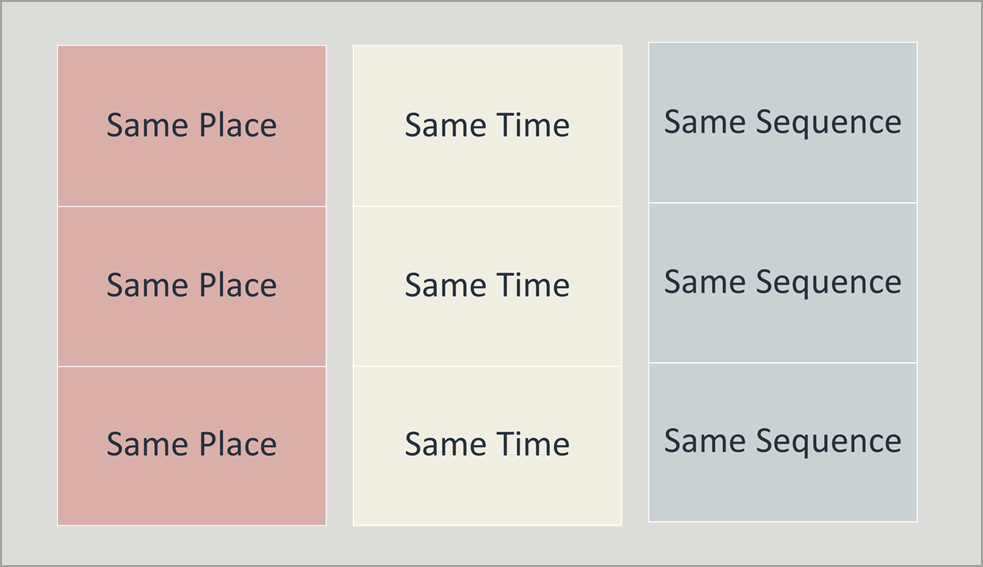New habits do not simply overwrite old ones in the human brain; they compete with them. This means new habits must be made stronger than the old ones. The secret to creating good habits and breaking bad ones is to understand how they work.
The Merriam-Webster Dictionary defines a habit as, “a behavior pattern acquired by frequent repetition or physiologic exposure that shows itself in regularity or increased facility of performance”.
Research says that the strongest habit triggers are contextual (place, sequence, time) and that contextual triggers become stronger than explicit or implicit goals (willpower) over time. Goals and motivation help get a habit started, but they may not be enough to maintain or break them1.

If you want to break an old bad habit, try disrupting the context2. Take an extended vacation, change the other routines in your life. Hang out with some different people for a time. Try to create barriers and supports that randomly scatter the elements of the old routines or attach the initiating trigger of the old routine to a new sequence.
New habits are not created overnight. They require, and create, self-discipline. For the first few months, it will take conscious effort to create a competing habit but don’t give up too soon.
The steps for breaking and creating habits are the same:
- Identify the target behavior. Let’s say you want to build a new time-management habit.
- Identify the sub-tasks. Perhaps the new routine involves a morning triage of your emails, identifying and prioritizing your day’s tasks, estimating durations, and then blocking out appropriate times in your calendar to work on specific tasks.
- Identify the initial trigger. The first sub-task in the sequence might be sitting down with your morning coffee. Then glancing down your email, deleting unnecessary ones, responding to ones that take 2 minutes or less, and then creating a task for the ones that are left. The next step would be to prioritize the tasks in your task list, then estimate the time each would take, then note what day and time you will start them. The last step would be to schedule today’s tasks directly into your calendar. Each subtask in the sequence triggers the next.
- Focus only on the very next task. If you are afraid of heights and must climb a ladder, focusing only on the very next rung makes it less scary. Do not let your brain focus on the whole sequence of tasks or you may experience more resistance. Focus on each subtask one at a time: sort your email, estimate start dates/times, schedule into your calendar.
- Repeat the sequence exactly the same way. Over time, this triggering effect is all you need to start the sequence and keep it going. Try to avoid changing or dropping the routine for more than a few days at a time. Then, in time, you can make small adjustments to tweak your routine as needed.
References
1 Neal, D. T., Wood, W., Labrecque, J. S., & Lally, P. (2012). How do habits guide behavior? perceived and actual triggers of habits in daily life. Journal of Experimental Social Psychology, 48(2), 492-498. doi:10.1016/j.jesp.2011.10.011
2 Wood, W., Tam, L., & Witt, M. G. (2005). Changing circumstances, disrupting habits. Journal of Personality and Social Psychology, 88(6), 918-933. doi:10.1037/0022-3514.88.6.918
